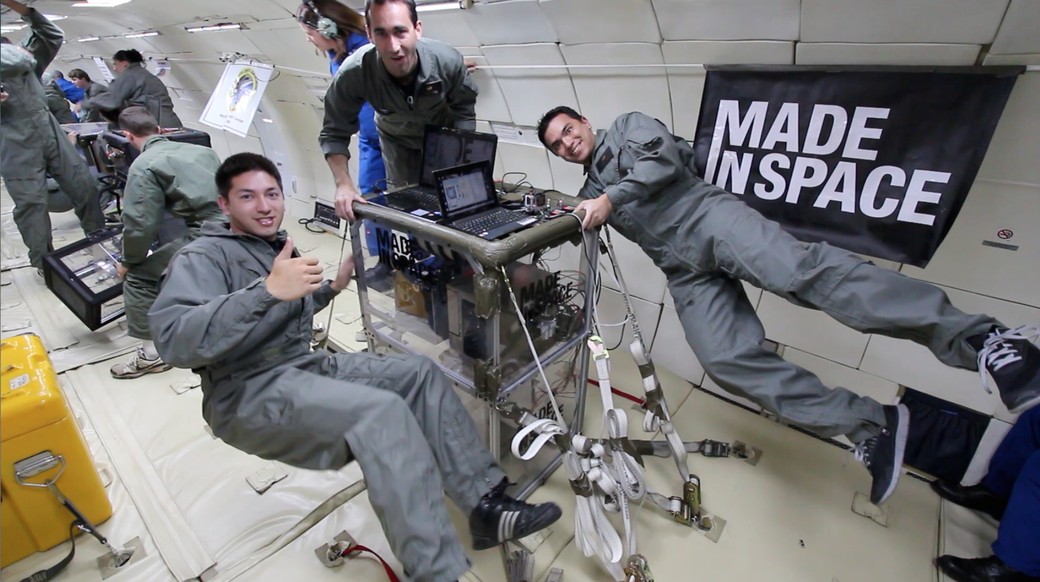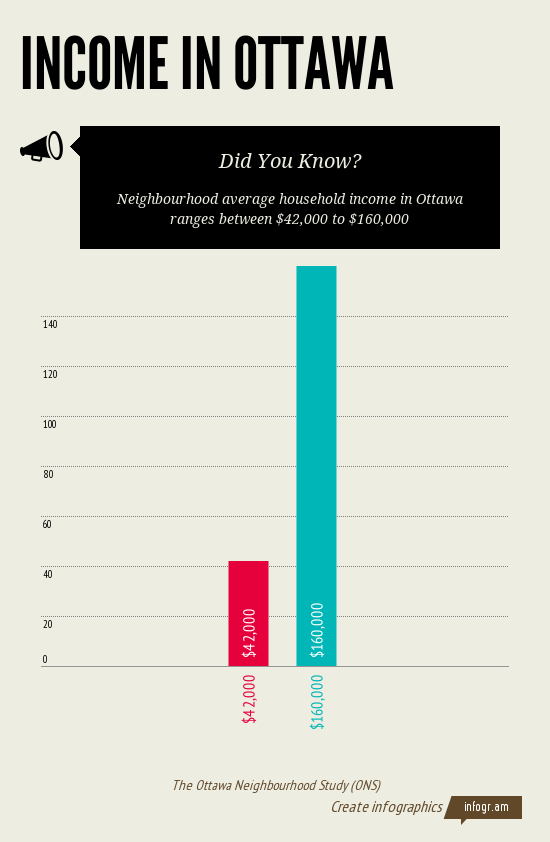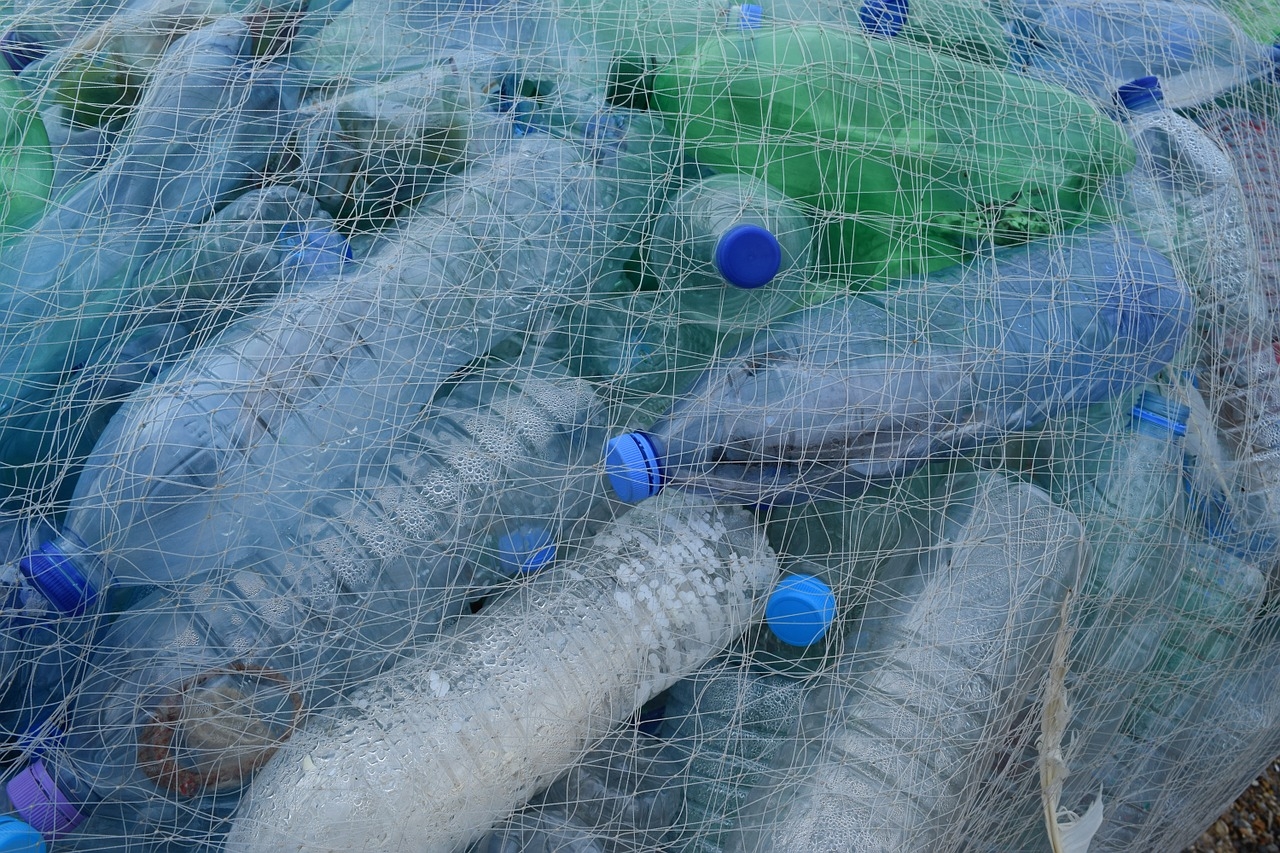
3D Printing the Future
Photo credit: www.decisionsdurables.com
It has been over a year since I talked about 3D printers on this blog, but the innovators who are focusing on this technology have been far from idle. Progress is constantly being made in this field and some recent headlines have perfectly highlighted some of the possibilities of 3D printing. We have barely scratched the surface of this exciting new frontier of manufacturing, but its potential is staggering.

Back in September of last year, NASA sent a 3D printer up to the International Space Station (ISS). The idea was to test how a 3D printer and the objects it creates can stand up to the unique environment of micro gravity. Since the printer was installed, it has created a variety of different parts, including some not possible except in micro gravity. The ability to create objects on the International Space Station hints future space missions will not need to pack many mundane items with them, instead only needing a 3D printer and the raw materials to create the objects they need as they need them.
The first object printed in space shows some of the possibilities of this new technology, as astronauts printed an extruder plate, a part for the 3D printer itself, and then replaced the original with the newly created piece. This shows in the future astronauts will be able to print replacement parts as they need them, without having to wait for replacements to be shipped from Earth. There is even the possibility in the future all the parts of a 3D printer will be printable, meaning a space mission can bring one printer with them and create more for various tasks as they go.
Another exciting breakthrough was made in December of 2014, when NASA successfully e-mailed the first solid object to the ISS. After overhearing one of the astronauts discussing how he wished he had a ratchet, the engineers back on Earth quickly set to work designing one and transmitted the file to the ISS. Once the file was received, it was uploaded to the 3D printer on board. As soon as printing was finished, the astronauts began using the tool. This shows an enormous potential shift in thought, since it means future astronauts will not need to bring the schematics for tools they will need with them. They can be uploaded from Earth. This also means technicians and engineers can send astronauts the plans to build whatever part or tool they may need if mission parameters change or if an emergency situation comes up. This has the potential to make space missions more flexible, and also presents another level of safety in an environment where simple problems can quickly become life threatening.

The utility of 3D printers to future astronauts cannot be overstated, but some companies are already planning to push the envelope even further. Although the technology is still in its infancy, there is already talk of using it to expand humanity's reach in the solar system. The use of 3D printers, and the combination of weight saving and utility they offer, will be able to make space travel cheaper and easier than ever before. This will make industries that have long been discussed but never implemented, like asteroid mining, a very real possibility. Companies like Planetary Resources are already making plans to combine 3D printing technology with the almost limitless resources promised by asteroid mining. Its plan is to harvest resources from asteroids and immediately convert them into finished products through the use of 3D printing. The products, which could be anything from small handheld items to enormous components for the creation of space stations and even other spacecraft, would be much cheaper than similar parts that were created on Earth and launched into space. Access to these materials, which could be provided by manned or even robotic asteroid mining factories, is hoped to make future space exploration easier, cheaper, and safer.
3D printers have already shown their potential, both in outer space and in private homes, and we have barely begun to explore the myriad uses of these amazing machines. As time goes on and 3D printing technology becomes more advanced, the benefits they provide will increase exponentially as well.













